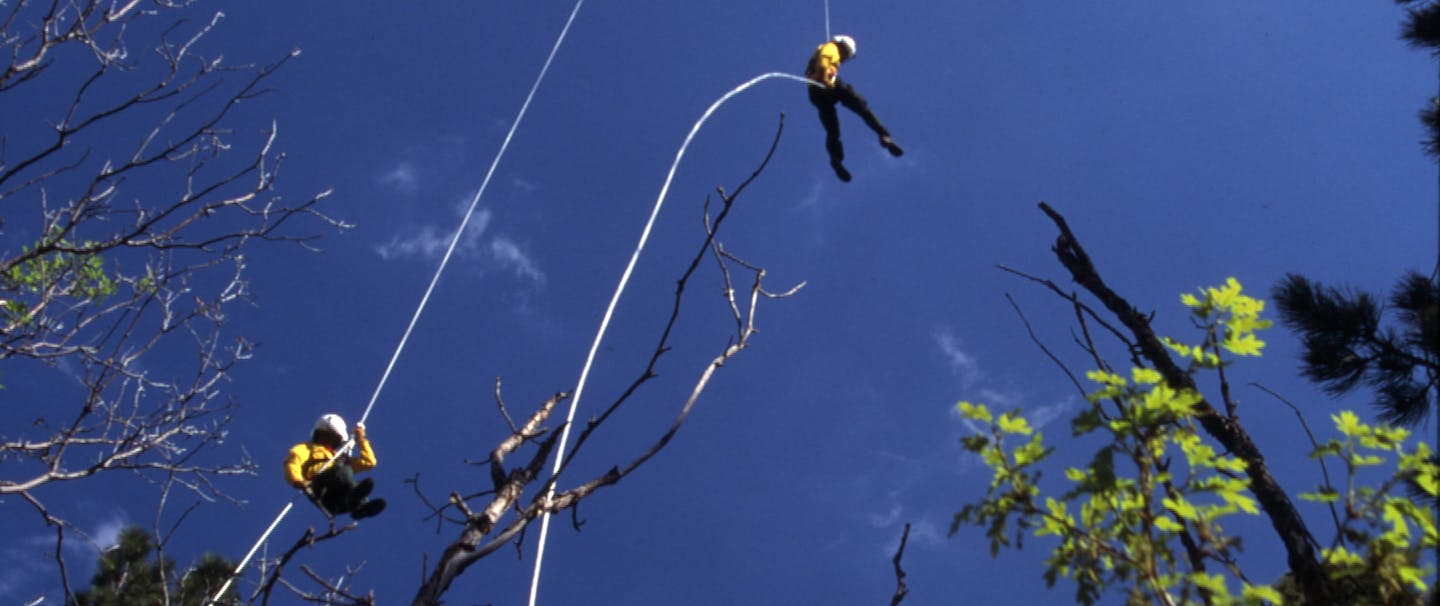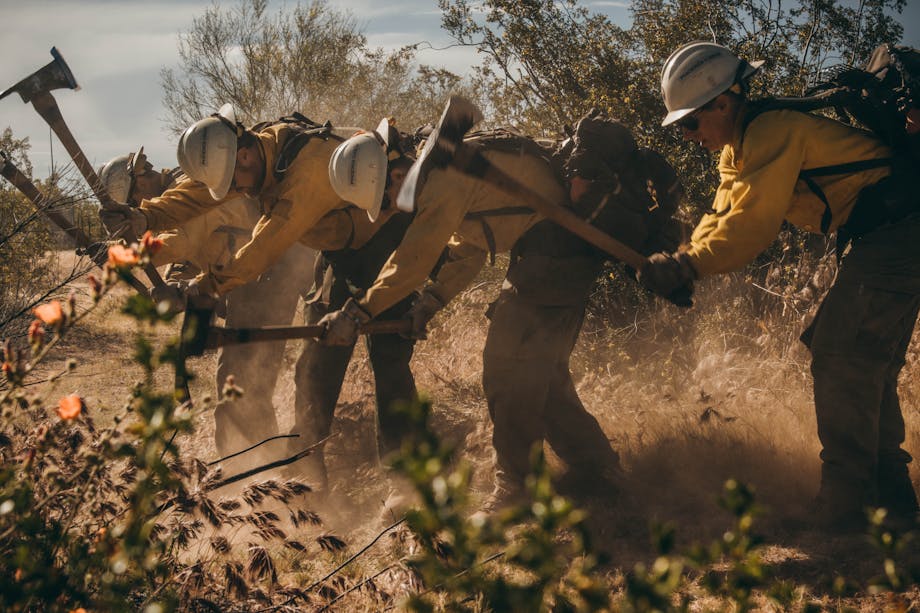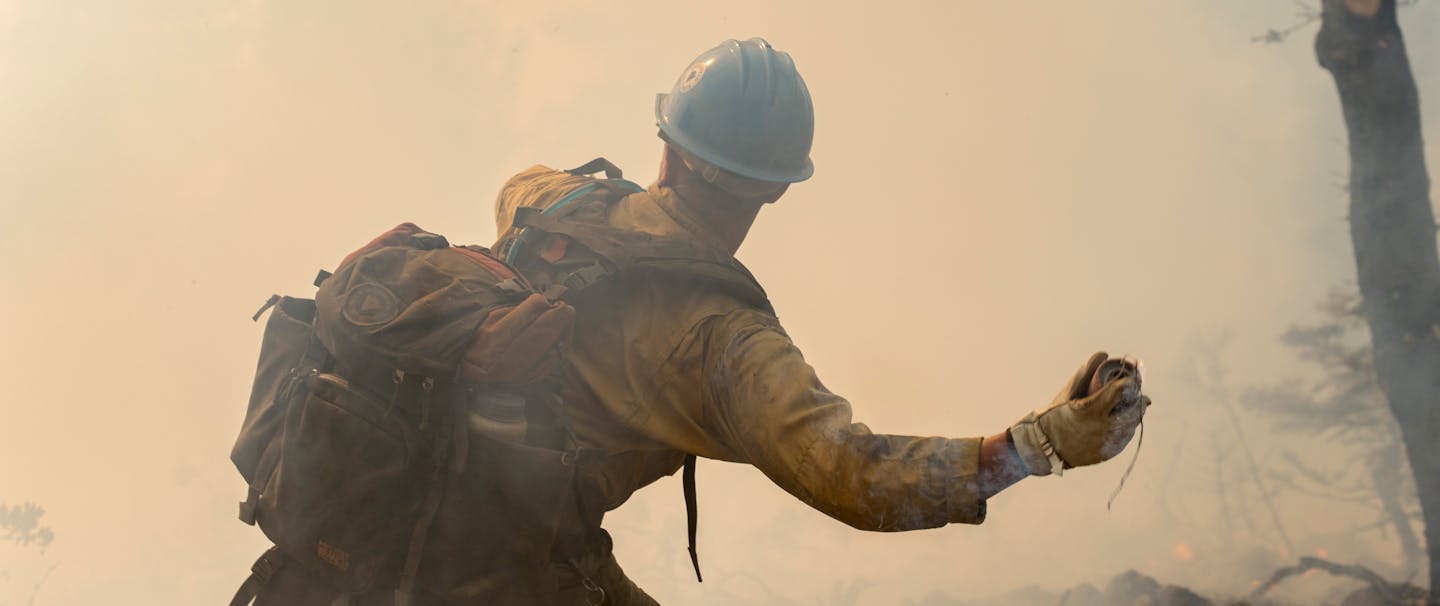LIGHTNING STRIKES in a remote area of the country, sparking a fire miles from any road. It may take hours for a traditional wildland fire crew to reach the location, allowing the fire to spread unchecked. The Malheur Rappel Crew springs into action. Helitack crews assemble, scramble aircraft to the fire area and rappel into the wilderness to battle the blaze. Before they descend “off the skids,” they have already scouted access and escape routes from the air.
On the ground, they create fire breaks, clear out combustible fuels, and guide air support to direct water and fire suppression chemicals to the most critical spots. After 24-48 exhausting hours on the line, they will hike out to the nearest extraction point, return to base for rest and resupply before heading out again.
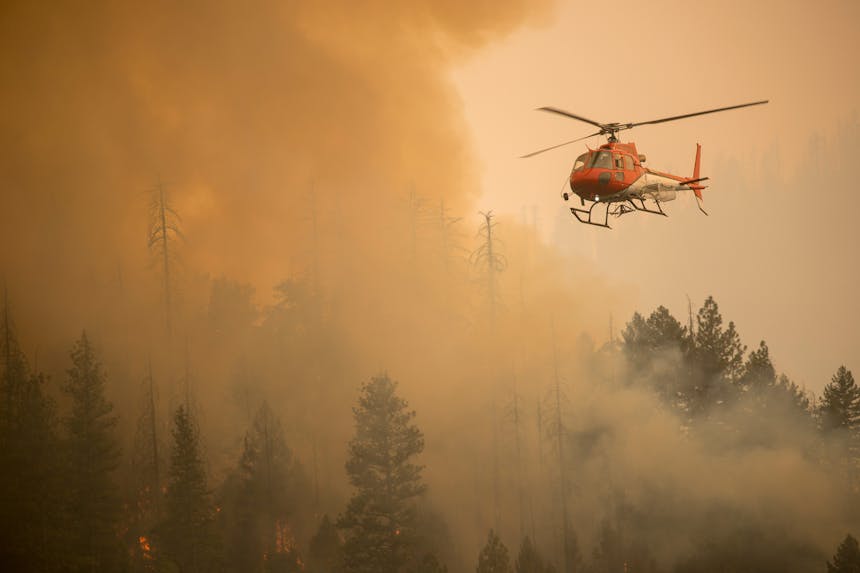
“The first helitack crew was formed in 1971 when Larry Sohr and Stu Fields showed up with a box of pulaskis and a bubble-canopied Bell 47.”
The Malheur Rappel Crew primarily fights fires in the Pacific Northwest (Region 6) but team members can be dispatched anywhere there is a need. They have fought fires in just about every state and have even been dispatched to fight fire in Australia.
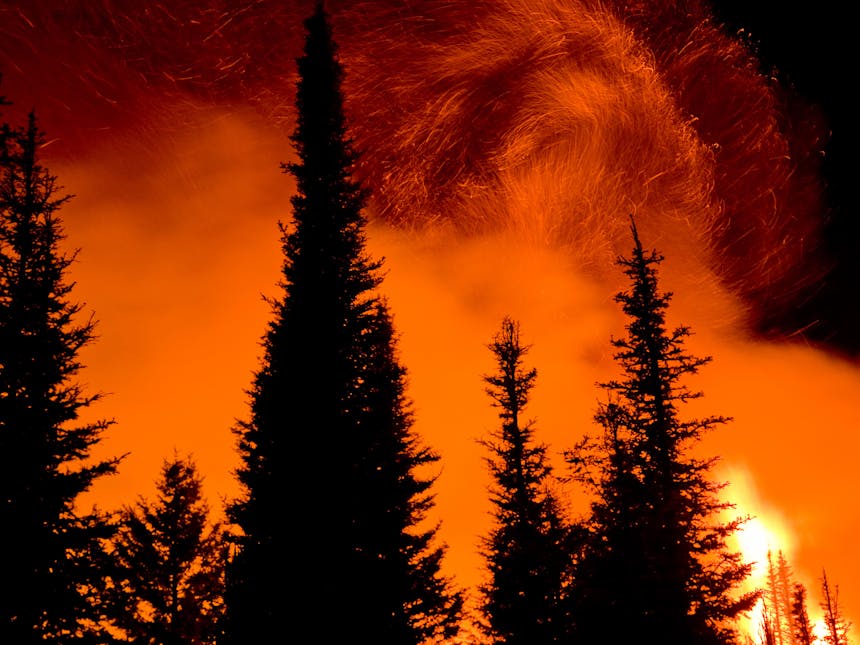
The standards to become a member of the team are high; all recruits must have previous wildland fire experience to even be considered. Select candidates will undergo a month-long training program that culminates at the National Rappel Academy, where they must pass a week-long performance-based test to become a certified Forest Service Rappeler.
When their training is successfully completed, they will join the ranks of this legendary crew—a family of elite firefighters, founded on innovation and dedicated to protecting our Public Lands for generations to come.
